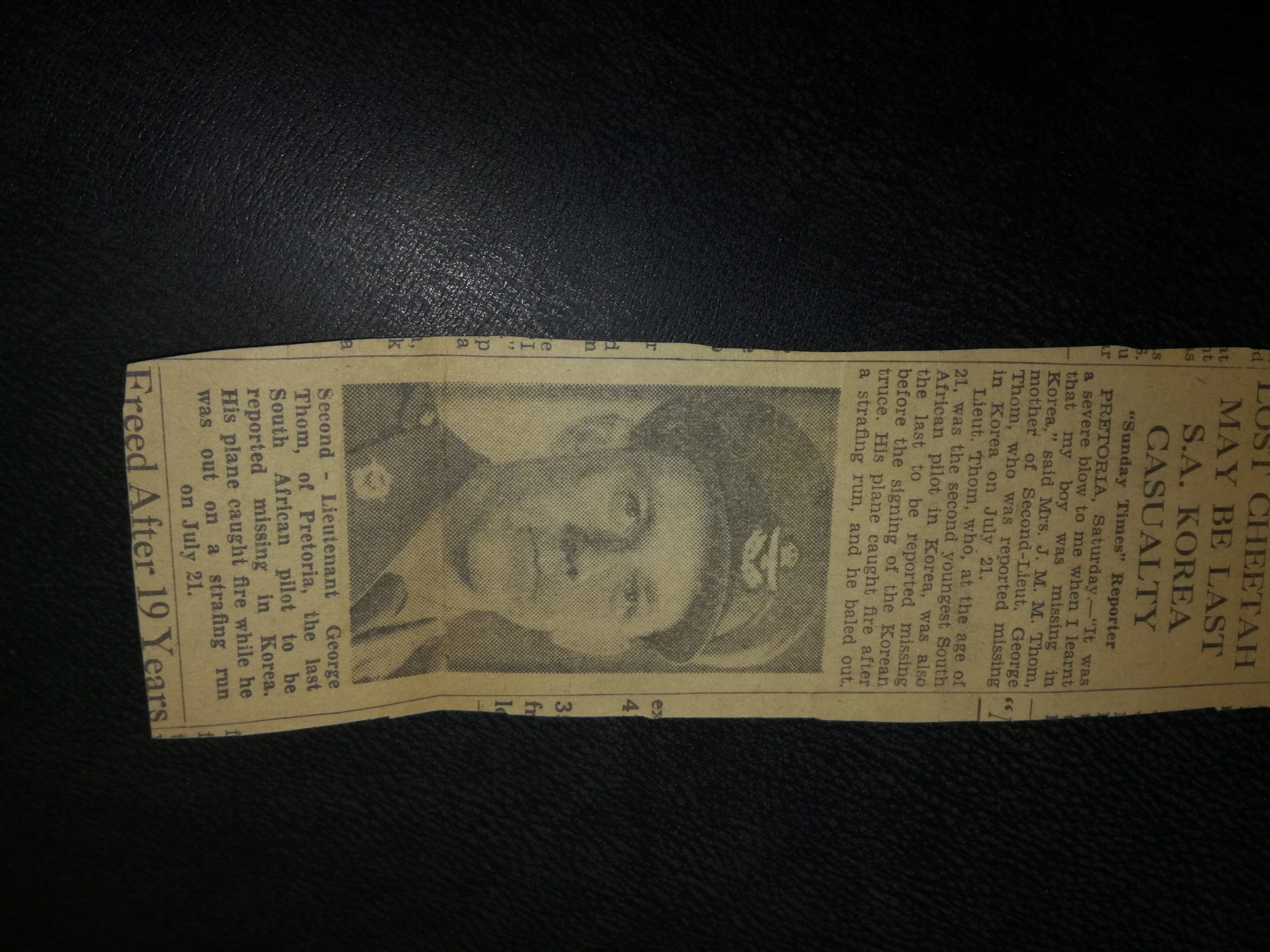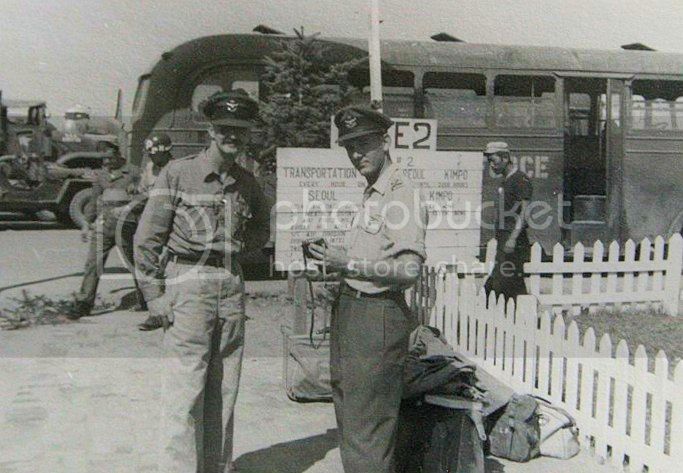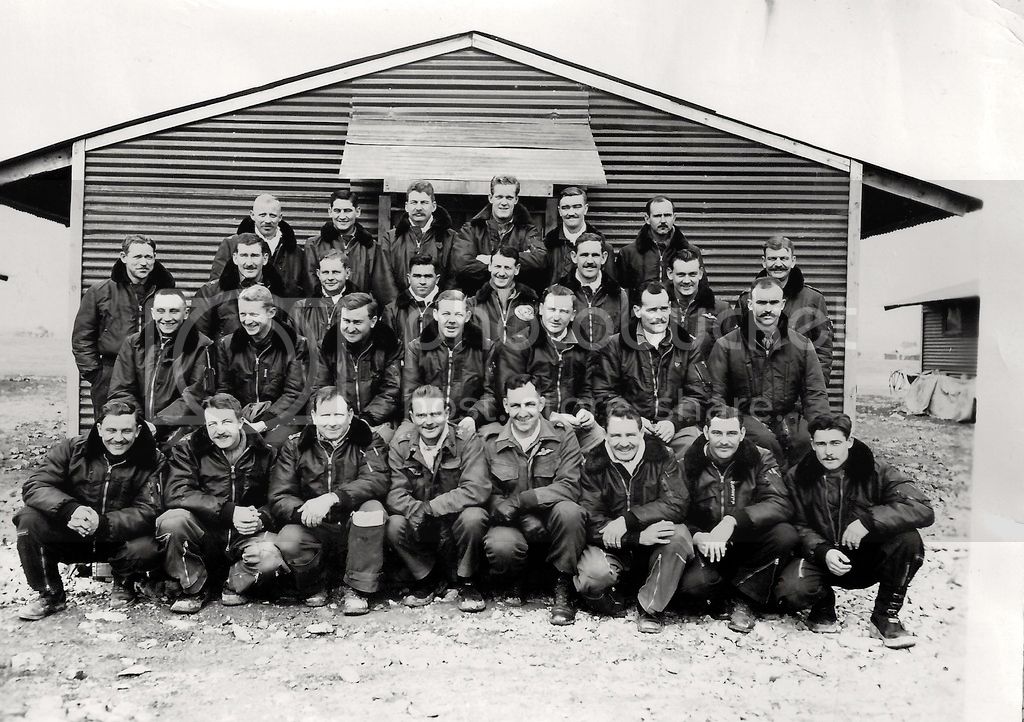
George Thom
My father completed his flying training in the Union of South Africa in 1951. After that, he started conversion courses to qualify flying Spitfires (MK IX), Mustang (P51-D) and de Havilland Vampires (DH 100). After weapons training he completed his flight simulator training in Canada, to fly the F86 Sabre.
In 1952 he was accepted as volunteer to go and fight against the oppression of the South Korean people and to halt Communist expansion. Upon arrival in Korea, he joined 2 Sqn of the South African Air Force, the Flying Cheetahs, stationed at K55.
The photo is of my Dad’s assigned F86 Sabre which he named Tomtit. Numbering L 606. After several combat sorties (72) over the next year, he was shot down on the 21 June 1953 and taken POW by the Chinese.
He was released soon after the signing of the Armistice and returned to South Africa. He decided to make the South African Air Force his career. He retired in 1986, holding the rank of Brigadier, currently referred to as Brigadier General. The American equivalent of a one star General.
After many years enjoying his pension, he passed away in April 2013. Surviving him are his 1st born son, George Thom. 2nd Born son , Alan Thom and last born daughter, Lynette Williams (nee Thom). He had three grand children; George Thom (3rd), Jean Williams and Stephanie Thom.
Lt George Thom's: POW Story
You can read my Dad’s experience as POW in the book Titled, South Africa’s Flying Cheetahs in Korea, by Dermot Moore (Author), Peter Bagshawe (Author). ISBN-10 : 1874800154.

George Thom circa 2000.
This picture hangs in the Isipingo Golf Cub (Amanzimtoti, Kwazulu Natal, South Africa). He is dressed in his Isipingo Old Boys blazer .
Korean War - Key Events
January 12, 1950
In a speech to the National Press Club, U.S. Secretary of State Dean Acheson outlines a U.S. Pacific defense posture that includes Japan and the Philippines but does not explicitly include Korea. In fact, he states that, “so far as the military security of other areas in the Pacific is concerned, it must be clear that no person can guarantee these areas against military attack.”
These events are taken from the Encyclopedia Britannica




Comments
Likes 0
You must be a registered user to comment or like - please register to join us!